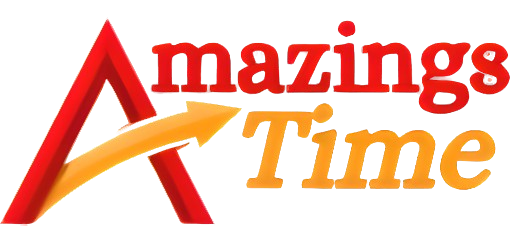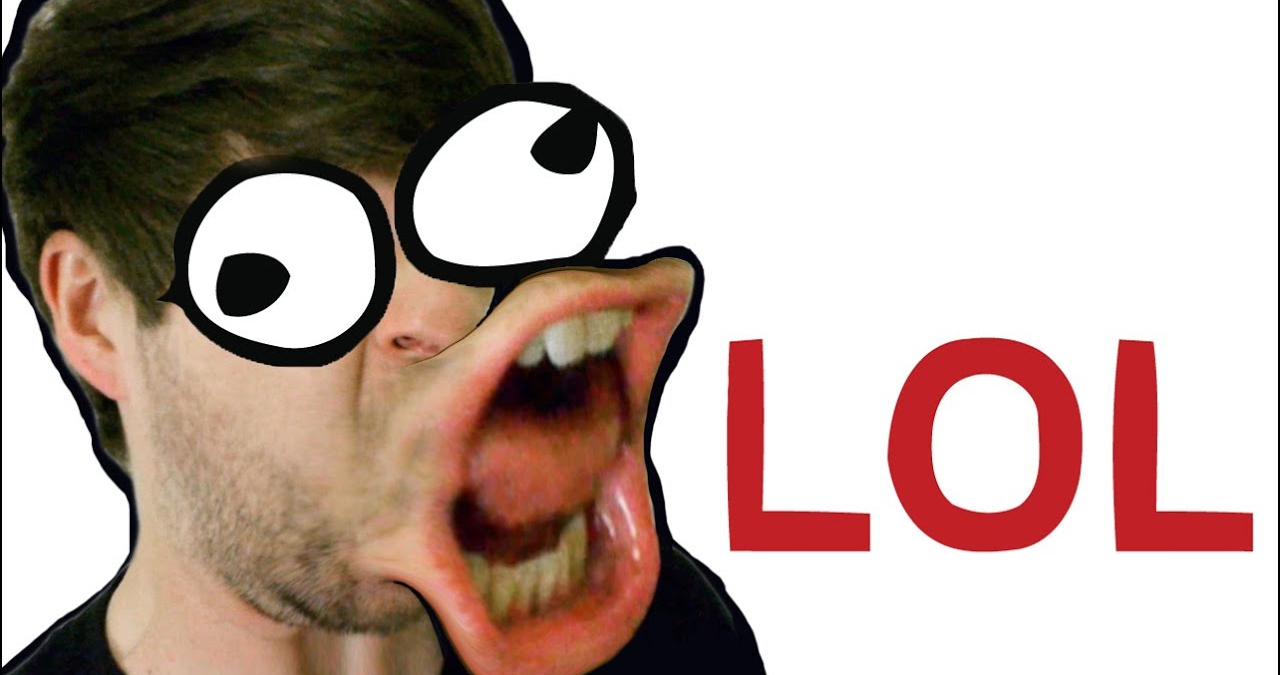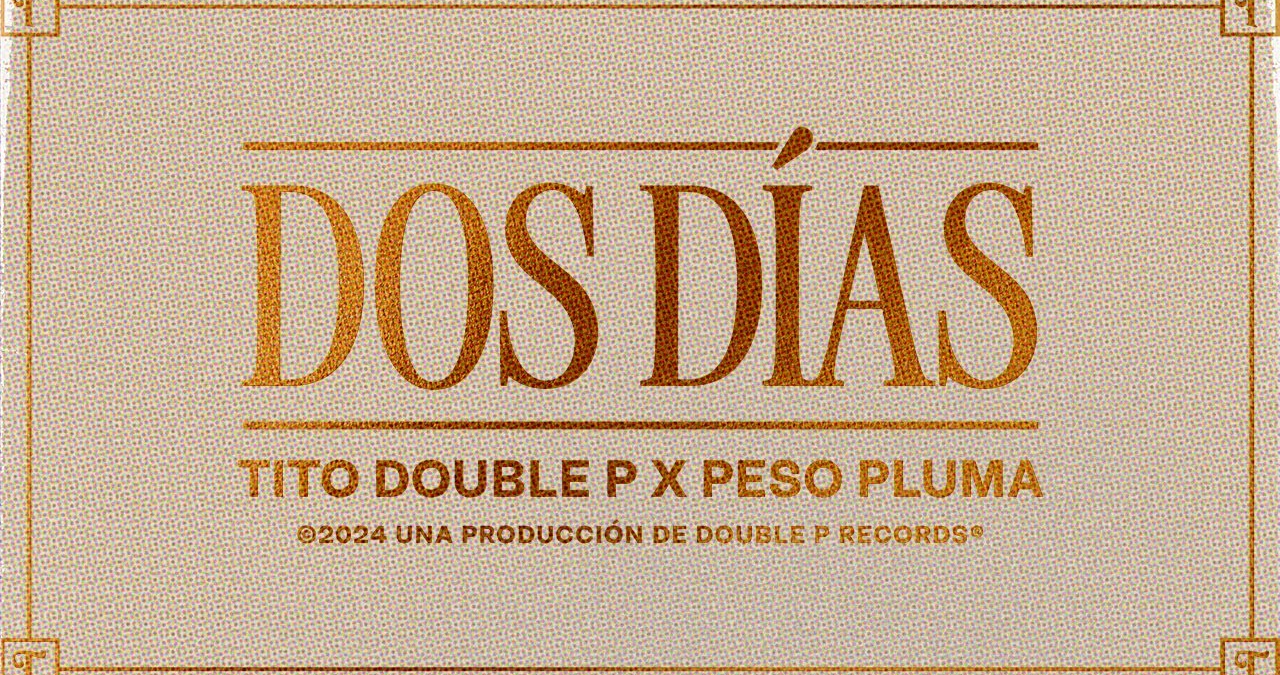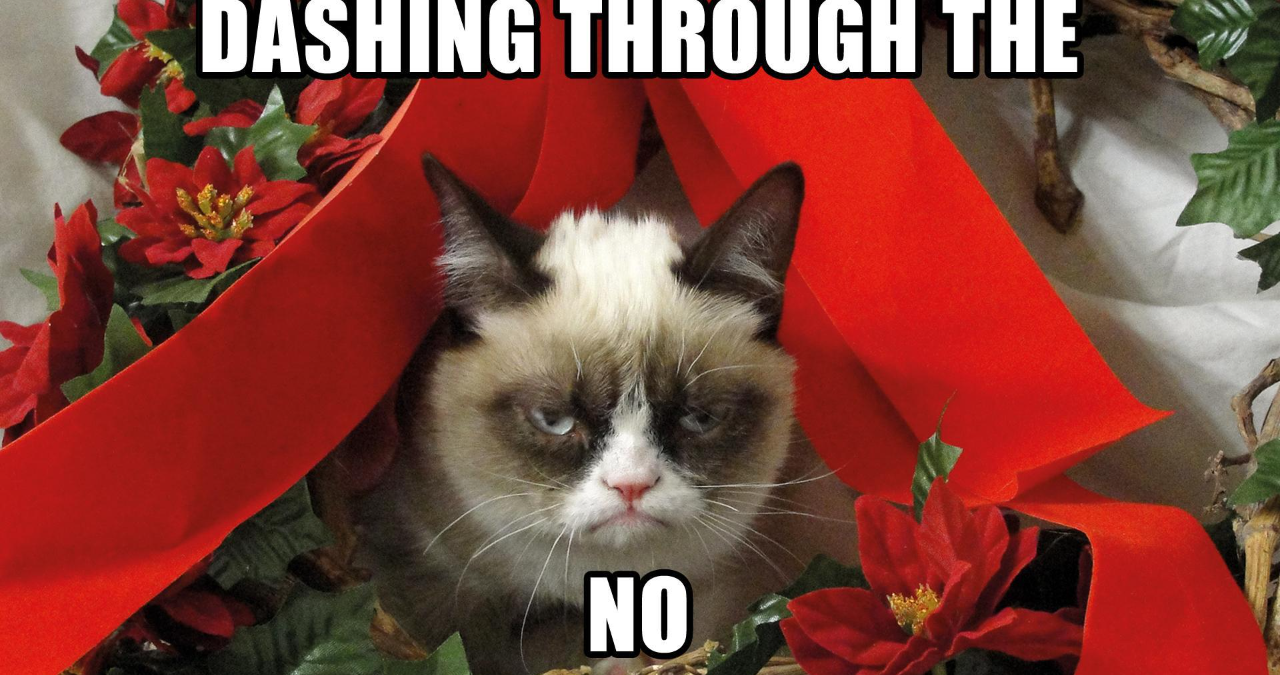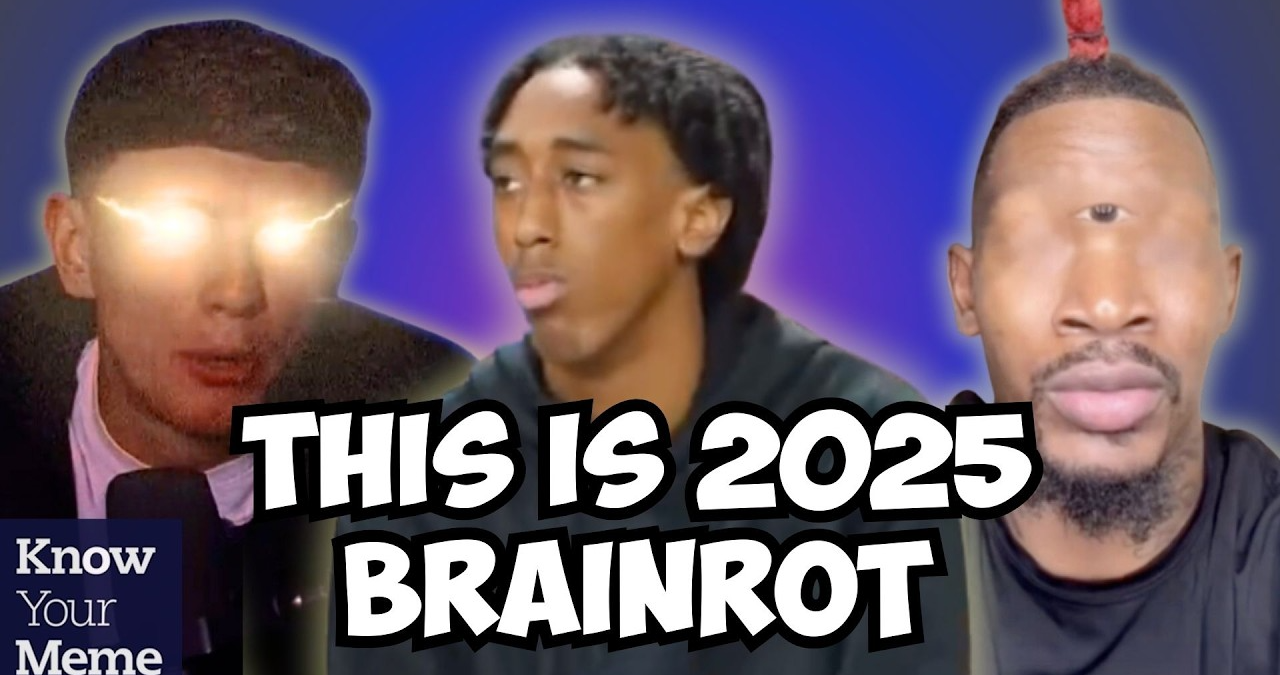Meme faces are the internet’s universal language of humor, expression, and culture. Explore their origins, evolution, and how they shape online communication in this deep dive.
Meme faces have quietly become one of the most influential tools in modern online communication. Whether it’s a perfectly timed smirk, a wildly exaggerated reaction, or a still frame from a viral video, these faces capture emotions in a way that text alone rarely can. They have seeped into every corner of digital life—social media, group chats, marketing campaigns, even political commentary.
The beauty of meme faces lies in their simplicity and adaptability. They often originate from a single moment—a snapshot, a doodle, or even a badly compressed image—that snowballs into a global shorthand for a specific feeling. Once a meme face gains traction, it spreads rapidly across platforms, evolving with captions, remixes, and creative reinterpretations. This flexibility ensures that meme faces stay relevant, even as internet culture moves at breakneck speed.
Understanding the Power of Meme Faces
Meme faces are more than just silly pictures; they are digital artifacts of human expression. They thrive on relatability—when someone sees a meme face that perfectly reflects their mood or opinion, the connection is immediate. That instant recognition is what fuels their viral nature.
In marketing, meme faces have proven surprisingly effective. Brands incorporate them into ad campaigns to appear approachable and in touch with internet trends. While some attempts fall flat, others hit the sweet spot, resulting in massive engagement. The casual tone of meme faces allows them to transcend formal boundaries and speak directly to audiences in a language they understand.
Origins of Popular Meme Faces
Some of the earliest meme faces were intentionally crude drawings shared on platforms like Reddit and 4chan. Rage Comics, for instance, introduced a gallery of exaggerated expressions—Trollface, Forever Alone, Y U NO—that became internet staples. Their rough, hand-drawn aesthetic only added to their charm, making them feel authentic rather than corporate.
Over time, meme faces evolved beyond simple doodles. Photographs of real people, often taken from unexpected or awkward moments, started dominating the meme landscape. From dramatic glares to awkward smiles, these faces became templates for countless joke formats. The key was always authenticity; staged or overly polished images rarely achieved the same viral magic.
The Psychology Behind Meme Faces
One of the reasons meme faces resonate so deeply is their ability to bypass language barriers. Human brains are wired to recognize and respond to faces—especially those showing strong emotion. Meme faces tap directly into this instinct, delivering a message that’s instantly understood without needing translation.
There’s also the comedic factor of exaggeration. Many meme faces push expressions to absurd levels, making them both recognizable and ridiculous. This combination creates a safe emotional distance, allowing people to laugh at situations they might otherwise find stressful or uncomfortable.
How Meme Faces Spread Online
The spread of meme faces is driven by a mix of humor, relatability, and platform dynamics. On fast-paced social media platforms like Twitter and TikTok, meme faces can go from obscure to overused in just days. The speed is both a blessing and a curse—quick virality ensures fresh content, but it also leads to meme fatigue.
Communities play a huge role in shaping how meme faces evolve. A meme face might start with one meaning but quickly gain multiple interpretations depending on the context in which it’s shared. This constant remixing is part of what keeps them interesting, as users put their own spin on a familiar template.
The Role of Meme Faces in Pop Culture
Pop culture and meme faces have a mutually beneficial relationship. Celebrities sometimes unintentionally become the source of iconic meme faces—think of award show reaction shots or press conference moments. These images get repurposed endlessly, often in ways the original person never anticipated.
On the flip side, some artists and entertainers now deliberately create meme-worthy moments. A well-timed wink, an exaggerated pose, or a dramatic gasp can turn into internet gold. In this sense, meme faces have become both an organic cultural phenomenon and a calculated marketing tool.
Table: Examples of Iconic Meme Faces and Their Meanings
| Meme Face | Origin | Common Meaning |
|---|---|---|
| Trollface | Rage Comics | Mischief, trolling behavior |
| Crying Jordan | Sports press conference | Defeat, disappointment |
| Distracted Boyfriend | Stock photo | Changing interests, temptation |
| Woman Yelling at Cat | TV reality show + stock photo | Frustrated argument, humorous conflict |
| Surprised Pikachu | Pokémon anime screenshot | Shock, sarcastic disbelief |
Why Meme Faces Feel Timeless

Even though the specific meme faces in circulation change over time, the concept itself feels timeless. This is because the emotions they represent—joy, frustration, surprise, pride—are universal. Whether it’s a crudely drawn doodle from a decade ago or a fresh frame from last week’s viral video, the emotional core remains relevant.
Another reason for their longevity is the participatory nature of internet culture. Anyone can create a new meme face, and sometimes the most low-effort creations end up becoming the most popular. This openness keeps the format alive and constantly evolving.
Quotes on Meme Faces and Digital Communication
“A single meme face can say what a thousand words cannot.” – Internet Culture Enthusiast
“They’re the emojis of the masses, but with infinite variety and personality.” – Social Media Strategist
Creative Uses of Meme Faces
Meme faces aren’t limited to humor; they can also be used for commentary, education, and even activism. Political campaigns, for example, have used them to make complex issues more relatable. Teachers have used them in presentations to engage students and break up dense material.
Artists have also embraced meme faces, turning them into large-scale murals, animations, and mixed-media projects. The blending of internet and traditional art forms shows how deeply meme faces have embedded themselves into contemporary culture.
Meme Faces in the Age of AI
With the rise of AI image generation, meme faces are entering a new era. It’s now possible to create entirely new faces or modify existing ones with incredible precision. This opens up creative possibilities but also raises questions about authenticity and originality in meme culture.
AI can also resurrect older meme faces, reimagining them in different styles or contexts. This blending of nostalgia and innovation could shape the next chapter in the meme face story.
FAQs on Meme Faces
Q: What exactly are meme faces?
A: Meme faces are expressive images, often humorous or exaggerated, used online to convey emotions, reactions, or commentary without needing lengthy text.
Q: Where do meme faces come from?
A: They can originate from hand-drawn art, candid photos, TV or movie scenes, viral videos, or even AI-generated content.
Q: Are meme faces copyright-free?
A: Not always. Some are public domain or parody, but others involve copyrighted images. It’s best to check usage rights before commercial use.
Q: Why are meme faces so popular?
A: They’re relatable, easy to share, and instantly communicate feelings across language barriers.
Q: Can meme faces be used in business marketing?
A: Yes, when used appropriately, they can make brands seem approachable and in touch with current trends.
Conclusion
Meme faces have transformed the way we communicate online, acting as a bridge between humor, culture, and expression. They adapt quickly, resonate universally, and continue to evolve alongside technology. As long as humans value quick, relatable ways to share emotions, meme faces will remain an essential part of digital life.
